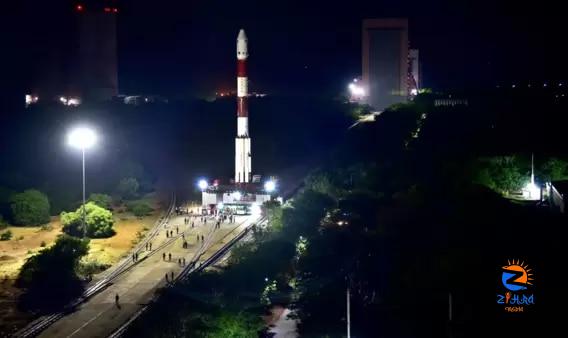
[ad_1]
ISRO (Indian Space Research Organisation) announced the launch date of its next Aditya-L1 solar mission following the successful Chandrayaan-3 mission to the Moon on August 28.
Aditya-L1 mission launch date and time
This mission, India’s first solar endeavour, will study the Sun and is scheduled for lift-off on September 2 at 11:50 am from the Sriharikota spaceport. On August 30, ISRO said that its Aditya-L1 mission, designed to study the Sun, has completed launch rehearsals and internal checks.
Aditya-L1 spacecraft
The Aditya-L1 spacecraft is equipped for remote observations of the solar corona and in-situ observations of the solar wind at L1(Sun-Earth Lagrange point), located approximately 1.5 million kilometres from Earth. This mission is of great significance as it will provide insights into the Sun’s dynamics and its impact on space weather.
The L1 point is a unique location in space where the gravitational forces of the Sun and Earth create regions of enhanced attraction and repulsion. Spacecraft positioned at these Lagrange points can efficiently maintain their orbits with minimal fuel consumption, according to NASA.
Also read: Aditya L1 Mission LIVE updates: India’s first mission to Sun to lift off on 2 September
Aditya-L1 is a fully indigenous effort with the involvement of national institutions, including the Indian Institute of Astrophysics and the Inter-University Centre for Astronomy and Astrophysics in Pune.
Aditya-L1 mission to use PSLV-C57 rocket for launch
The mission will utilise a PSLV-C57 rocket for its launch. Aditya-L1 carries seven specialised payloads designed to observe different aspects of the Sun, including the photosphere, chromosphere, and corona, across various wavelengths.
Key objectives of the mission
Some of the key science objectives of the mission include studying the dynamics of the solar upper atmosphere, investigating the heating of the chromosphere and corona, understanding coronal mass ejections, and examining space weather drivers.
Also read: Aditya L1: ISRO’s solar mission set for 4-month Journey to Lagrange point
With Aditya-L1 positioned in a halo orbit around the L1 point, it will have continuous visibility of the Sun without any planetary interference or eclipses. This advantageous position will provide real-time monitoring of solar activities and their effects on space weather.
The mission’s instruments are finely tuned to observe the Sun’s atmosphere, while in-situ instruments will capture data from the local environment at L1 point.
Download The Mint News App to get Daily Market Updates.
Updated: 31 Aug 2023, 11:10 AM IST
[ad_2]